Personalized metal...
Comment: Hygienic and Safety Standards for Paints in Metal Box Packaging for Food
Abstract: This article briefly introduces the hygienic standards of the internal coatings of metal boxes for food in China, combined with work experience, puts forward some problems in the application of the hygienic standards of metal boxes for foods and some suggestions for improvement.
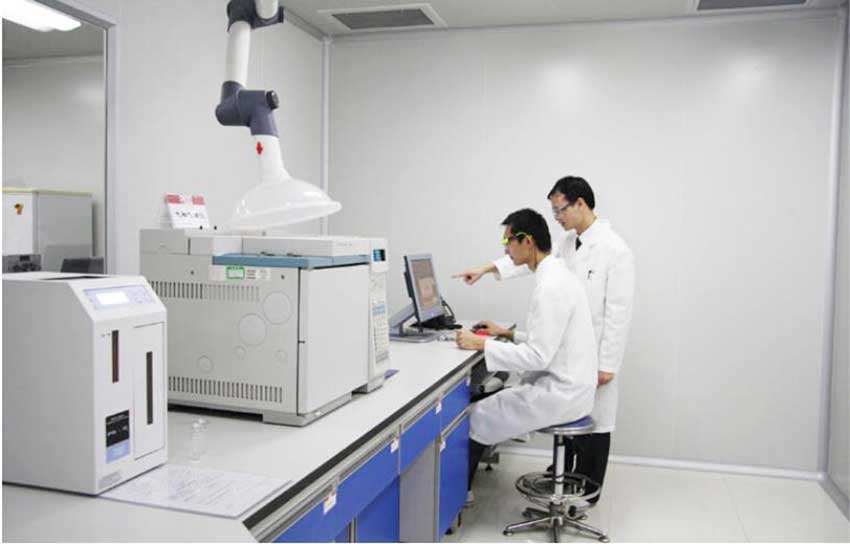
Metal box packaging has good gas barrier properties, moisture resistance, and shading
Features such as sex, can maintain the quality of goods for a long time, is widely
Used for food packaging. However, with the development of human society and people
With the improvement of our living standards, people’s awareness of food safety continues to increase
Strong, the health and safety issues of food and related products have caused social
Wide attention, especially in recent years, food safety incidents have not emerged one after another
Poor, the hygiene and safety of the paint in the metal box packaging for food has gradually
Arouse the attention and attention of the society and become one of the food safety
Focus. But in the research and testing work, it was found that China’s
The sanitary and safety standards of internal coatings are far from meeting the requirements of testing.
For this reason, the author applies hygienic coating to the packaging of domestic food metal boxes in China.
The requirements are analyzed and summarized in the metal box packaging for food
There are some problems in the application of coating hygiene standards, and the establishment of
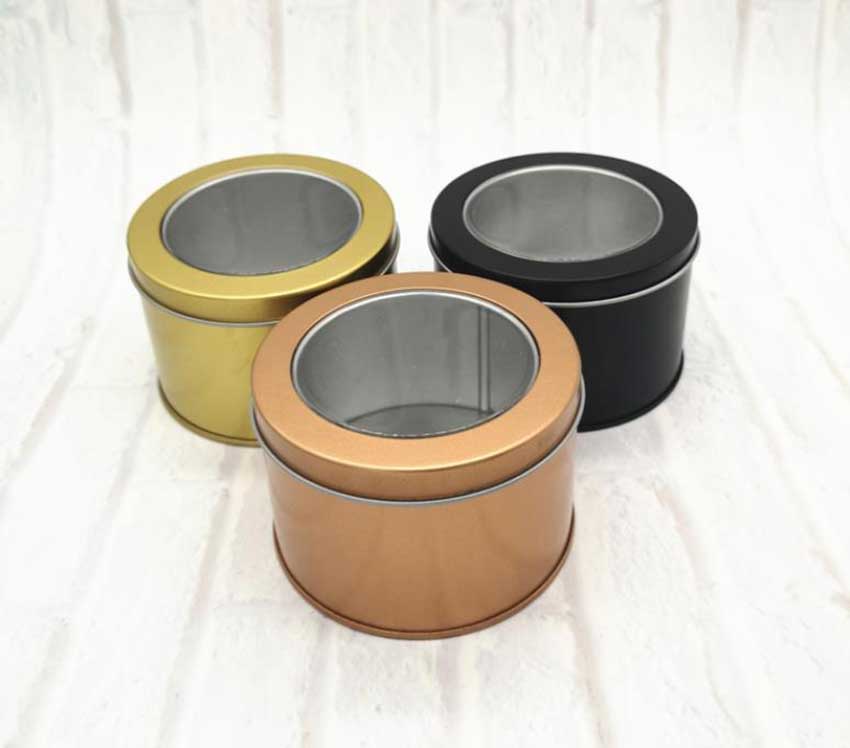
Several suggestions are put forward for the perfect related standard system.
1. The current status of the hygienic standards for the coatings inside the metal food boxes in China
Harmful residues in the coating of the inner wall of the metal box packaging container for food
Substances that may precipitate out during use and add to the packaged food
The migration of products will cause pollution to food. Therefore, sanitary and safety requirements have been formulated for the inner coating of metal box packaging for food.
1. China's hygienic standards for the inner coatings of food metal boxes
There are currently 8 national sanitary standards for the inner coating of food metal packaging
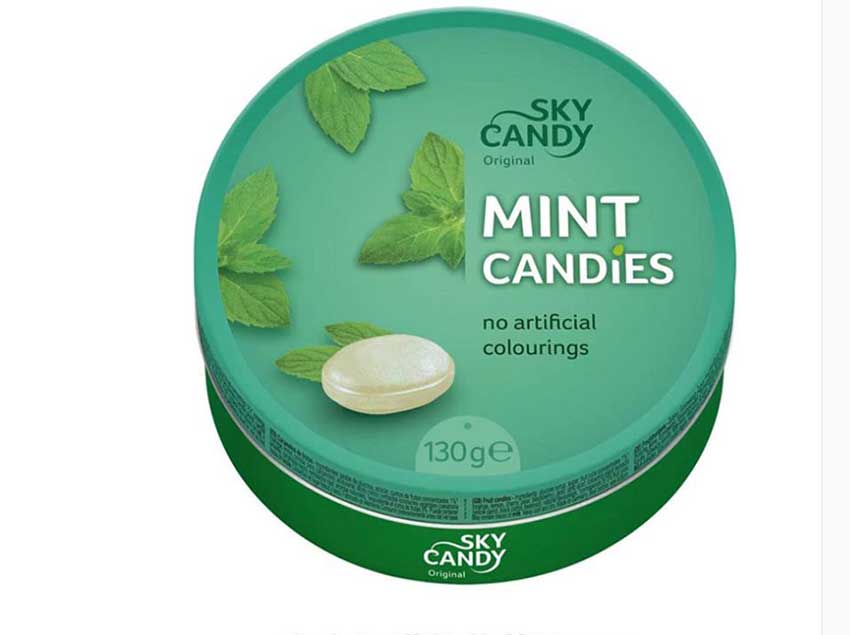
Hygienic standard for paint inside food tin box
1. GB4805-1994 Hygienic Standard for Epoxy Phenolic Coatings on the Inner Wall of Food Cans
2. GB9682-1988 Hygienic standard for mold release coatings on the inner wall of food cans
3. GB11677-1989 Hygienic Standard for Water-based Modified Epoxy Can Inner Wall Paint
4. GB7105-1986 Hygienic Standard for Perchlorovinyl Inner Wall Paint for Food Containers
5. GB 9686-1988 Hygienic Standard for Polyamide Epoxy Resin Coatings on the Inner Wall of Food Containers
6. GB11678-1989 Hygienic Standard for PTFE Coatings for Food Containers
7. GB 9680-1988 Hygienic Standard for Urushiol Coatings for Food Containers
8. GB11676-1989 Hygienic Standard for Organic Silicone Anti-stick Coatings for Food Containers
These eight standards were all issued and implemented in the 1980s and 1990s, and are currently being revised. The inspection items include evaporation residues.
Slag, potassium permanganate consumption, heavy metals, free phenol, free formaldehyde, etc.
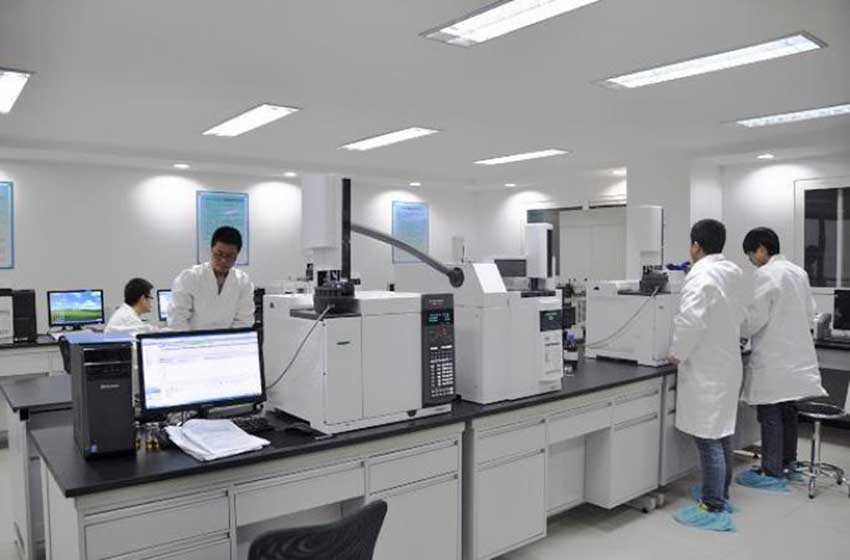
EU regulations on the migration volume of hazardous substances in food metal box packaging containers
There are three EU directives and resolutions on the quality and safety of food contact coatings:
1) Directive on the use of certain epoxy derivatives in materials and products in contact with food (1895/2005/EC)
The directive stipulates: ①BADGE, BADGE.H20, BADGE.2H20, total migration amount ≤9mg/kg; ②BADGE.
HC1, BADGE.2HC1, BADGE.H20.HC1, total migration ≤1mg/kg; ③BFDGE, NOGE, prohibited.
The directive also stipulates that large containers are allowed to use and contain BADGE, BFDGE, and NOGE. The reason is that these containers have high volume/surface
Product ratio, repeated use during the entire service life, resulting in reduced migration, and they are usually in contact with food at room temperature.
In fact, as early as 2002, the European Commission approved and issued Directive 2002/16/EC "Regarding the use of certain epoxy derivatives in food
"Use in packaging", 1895/2005/EC Directive is a revised version of 2002/16/EC Directive.
2) ResAP (2004) 1 framework resolution
Specifies the conditions for coatings used for food contact under normal or foreseeable conditions.
3) Directive on restricting the sale and use of PFOS (2006/122/EC)
The directive puts forward limit requirements for perfluorooctane sulfonyl compounds (PFOS).
3. FDA regulations on soaking liquid extracts from food metal box packaging containers
FDA21CFR175.300 "Resin and Polymer Coatings" specifies in detail the resins and resins that can be used in contact with food surfaces
The material list and restricted conditions of polymer coatings also stipulate the production process requirements of the coatings, the quality indicators, test requirements and analysis methods of the coatings.
4. The situation in other countries and regions
In addition to complying with the EU's common requirements for food contact material coatings, EU member states such as Germany and France also have their own technical requirements; Japan, South Korea and other countries also apply food contact material coatings
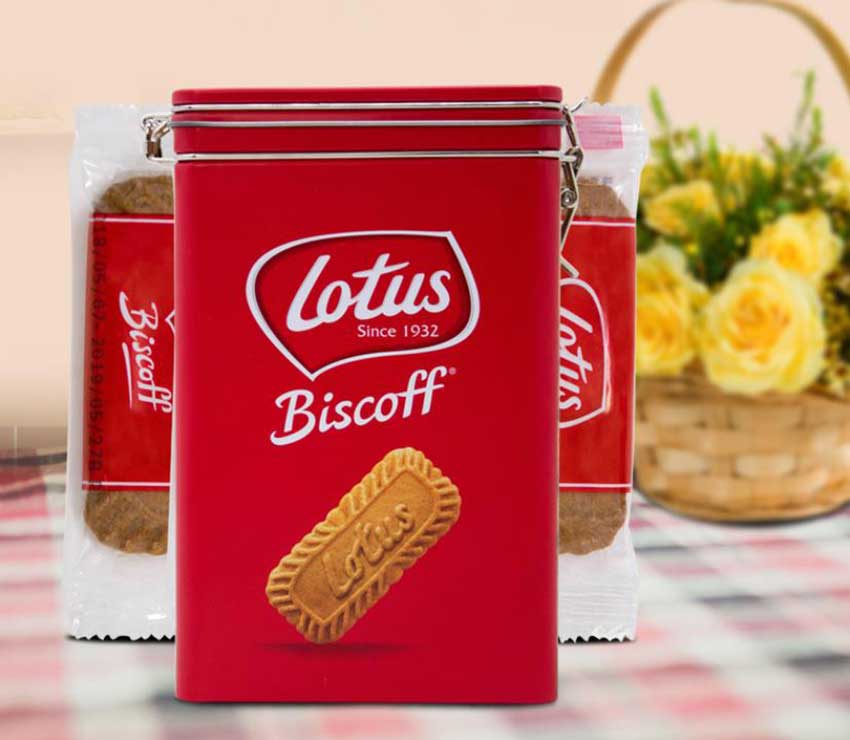
Provisions on hygiene and safety have been implemented.
The difference between China's food metal box packaging coatings hygienic standard system and foreign countries
Carefully comparing the hygiene requirements of China, the EU and the United States for food metal container coatings, it is not difficult to find that there are obvious differences in the standard system, which are mainly manifested in the following aspects:
1. Scope of application
The above-mentioned 8 food container paint hygiene standards in China only apply to these types of paints mentioned in the standards, and do not apply to other paints, so the standards have limitations; while in Europe and the United States, there are internal coatings in the form of regulations. The layered containers are subject to sanitary and safety regulations, which are applicable to all containers and are not limited by the type of paint, and have a wide range of applications.
2. Test method
The Chinese standard is to determine the immersion and test conditions according to the type of paint, and the test method has nothing to do with the use of metal containers; while the FDA is based on the type of food to be contained in the container and the canned,
Different solvents and soaking conditions are selected for storage conditions and other aspects to extract the chloroform-soluble extracts from the inner wall coating; the EU is based on the worst foreseeable contact conditions of the product and the highest use on the label
For temperature information, select the specified time and temperature for migration test. Therefore, the FDA and EU methods are more reasonable.
3. Test items
The Chinese standard is to test traditional sanitary items, ignoring the influence of many raw and auxiliary materials of paint, although in GB9685-2008
The "Hygienic Standards for the Use of Additives for Food Containers and Packaging Materials" stipulate the limits of some additives, but most of them do not have testing standards, making it difficult to implement testing; EU regulations and FDA pay more attention to
The form of regulations stipulates the use limit of raw and auxiliary materials, which has a more legal effect. The EU decree pays attention to the migration of harmful substances in the raw and auxiliary materials of coatings under the conditions of use, and the FDA tests the actual
The total extract soluble in chloroform under the conditions of use.
Standard revision formulation
The Chinese standard has not been revised since its release and implementation; the European Union and the FDA will revise and supplement as needed. Therefore, the revision and formulation of EU and FDA standards is more dynamic.
the shortcomings of China's metal box packaging hygiene and safety testing
When testing food metal packaging in accordance with China's existing national standards, there are certain difficulties in the actual operation process. The following problems have caused problems for testing institutions and enterprises:
1. The paint standards are missing, and most paints are difficult to meet sanitary standards. It is unscientific to refer to several existing standards for testing. With the development of modern industry, the coating used in food metal box packaging products
The types of materials are no longer limited to the types of coatings specified in the above eight standards, and these standards are far from being able to meet the demand.
2. Difficulty in determining the testing standards.
The spraying process of metal box containers is more complicated. Usually, the container needs to go through the steps of primer coating, welding seam re-coating, and full spraying. The coatings used in each process are different. It is possible that the coatings used in several processes will come into contact with the food. Accumulation of harmful substances may occur. It is not reasonable to simply select a sanitary standard for testing, and it is impossible to determine which national standard should be adopted.
3. The test conditions are out of touch with the product usage conditions.
For example, many metal cans are sterilized by high temperature during the filling process, and the temperature is as high as 121°C (e.g., Wanglaoji). However, the highest temperature for soaking conditions used in the national standard is only boiling (ie 100°C), and the ambient temperature is different. The amount of dissolution and migration of harmful substances is also different.
4. Detection of large-volume products.
In addition to some metal cans that we see daily, there are many metal boxes and containers for food that have large capacities. The containers are directly immersed during the test.
On the one hand, reagents will be wasted, and on the other hand, there will be safety hazards such as fire prevention and toxic gas; if it is processed into a test piece for testing, it is difficult to restore the actual spraying condition of the container, and the testing data will be biased.
5. Testing problems of metal cover products.
For some metal lid products, such as easy-open lids, due to the difference in internal and external spray coatings, only the internal coating film will come into contact with food. However, it is difficult to operate these lids by immersion on one side, and the test data of immersing the entire lid in the immersion liquid is unreasonable. , Some companies use the method of making samples with both sides coated in accordance with the internal coating requirements. However, if the aluminum cover raw materials have been sprayed with internal and external coatings before importing, the detection will be difficult to operate.
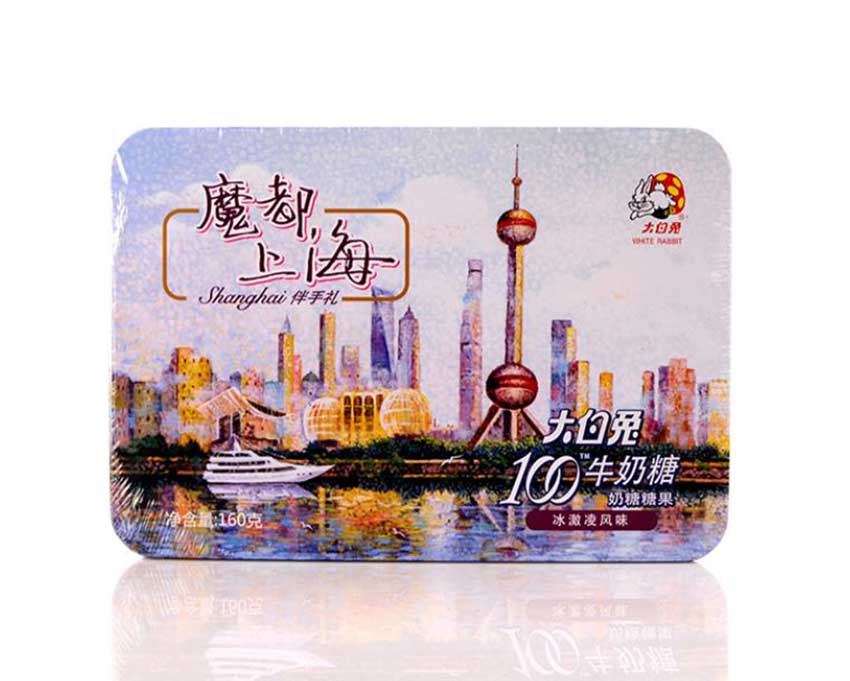
Summarize the recommendations for the detection of metal boxes for food
From the above analysis, it can be seen that China is currently eating
There is still a gap between the hygienic and safety performance standards for the inner coating of the metal box packaging and the international requirements. It is necessary for China to be in line with international standards and improve standards and systems as soon as possible to guide production, enhance the value of the industry, and promote the country's industrial development. To this end, we put forward the following recommendations in terms of the hygienic standards for the inner coating of metal food packaging:
1. Keep up with the international situation and requirements, update the standards in time, introduce some foreign requirements or problems arising from emergencies into the standards, specify the limits of various hazardous substances as much as possible, and develop detection methods, not just Only limited to evaporation residues, potassium permanganate consumption and other items, this is conducive to coping with some foreign technical barriers.
2. There are many kinds of paints and the painting process is complicated. It is recommended that the hygienic standards of metal packaging for food should not be formulated according to the types of paints. You can refer to the FDA and EU methods to directly stipulate the limit requirements for harmful substances in the coating of the container, so that the standard is applicable to all Paint inside food metal containers.
3. In order to make the test data more accurate, it is recommended to refer to the type of food to be contained in the product and the use environment to determine the simulant, temperature, and time for soaking.
4. For the detection of large containers and metal lids, it is recommended to further clarify the requirements of sample preparation and testing methods.
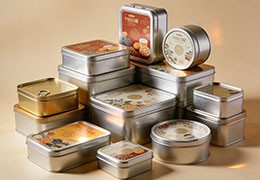
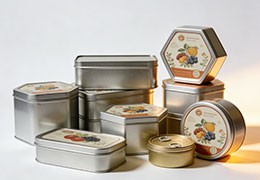
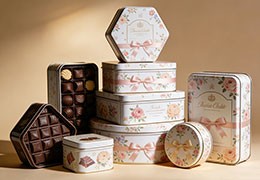

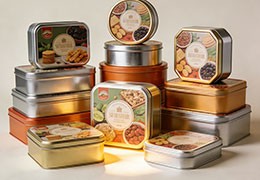
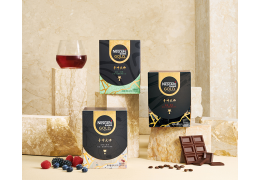
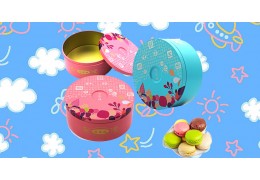
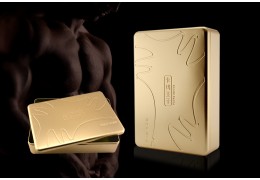

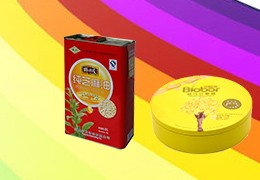

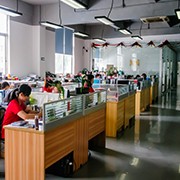

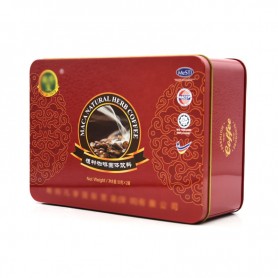
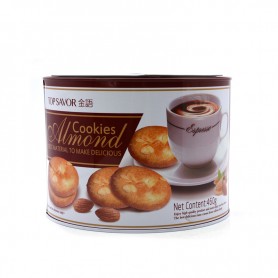
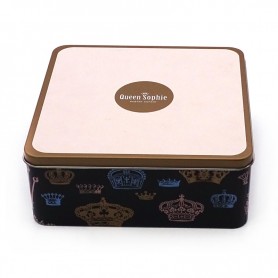
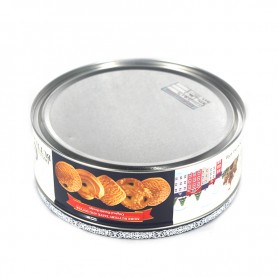

Latest comments